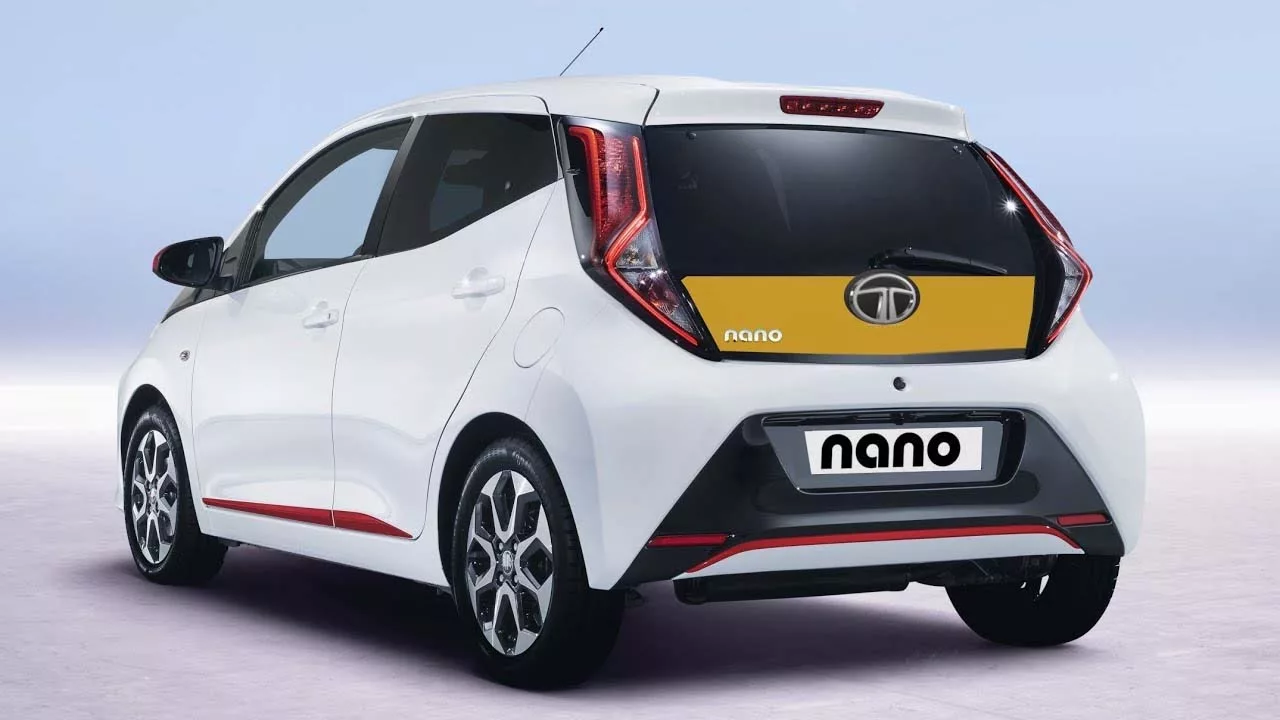the Tata Nano, launched in 2008, captured headlines worldwide with its ambitious goal of becoming the “world’s cheapest car.” This tiny, rear-engined hatchback, priced at a revolutionary ₹1 lakh (approximately $1,300 USD) at launch, aimed to revolutionize personal mobility in India by making car ownership accessible to millions for the first time. While the Nano’s journey has been marked by challenges and adaptations, it remains a significant chapter in Indian automotive history.
A Bold Vision of Affordable Mobility
Conceived by Ratan Tata, former chairman of the Tata Group, the Nano was born from a vision of empowering the masses with the freedom and convenience of personal transportation. It targeted those who relied on public transport or two-wheelers, offering a safer, more comfortable, and weather-protected alternative at a fraction of the cost of conventional cars.
A Design for Functionality and Affordability
The Nano’s design prioritized functionality and affordability over extravagance. Its compact size, minimalistic interior, and single-cylinder engine aimed to minimize costs while offering basic transportation necessities. While some criticized its simplicity, the Nano’s focus on practicality resonated with many who saw it as a stepping stone towards a better life.
Initial Challenges and Shifting Market Dynamics
Despite the initial excitement, the Nano faced several challenges. Perceptions of “cheapness” and safety concerns initially hampered its sales. Additionally, the rise of affordable motorcycles and the evolving market preference for more spacious cars with additional features posed further challenges.
Transformation and Adaptation
Tata Motors has continuously adapted and improved the Nano over the years. It has introduced upgraded variants with features like air conditioning, power steering, and improved safety measures. Additionally, the company has explored alternative fuel options with the launch of the Nano CNG variant, catering to the growing demand for eco-friendly transportation.
Beyond Just a Car: A Symbol of Change
The Nano’s legacy extends beyond its sales figures. It sparked a conversation about affordable mobility and the potential of indigenous car manufacturing in India. It also served as a symbol of aspiration and social mobility, offering a glimpse of a better future for many first-time car buyers.
The Future of the Nano
While the Nano’s future remains uncertain, it continues to hold a place in the Indian market. In 2020, Tata Motors announced the discontinuation of passenger car variants, focusing solely on the CNG variant catering to the commercial segment. This shift reflects the changing market dynamics and the evolving needs of Indian car buyers.
Conclusion
The Tata Nano may not have achieved its initial sales targets, but its impact on the Indian automotive landscape is undeniable. It ignited a conversation about affordable mobility and inspired a generation of aspiring car owners. The Nano’s story serves as a reminder of the power of innovation and the importance of adaptability in the dynamic world of automobiles.




